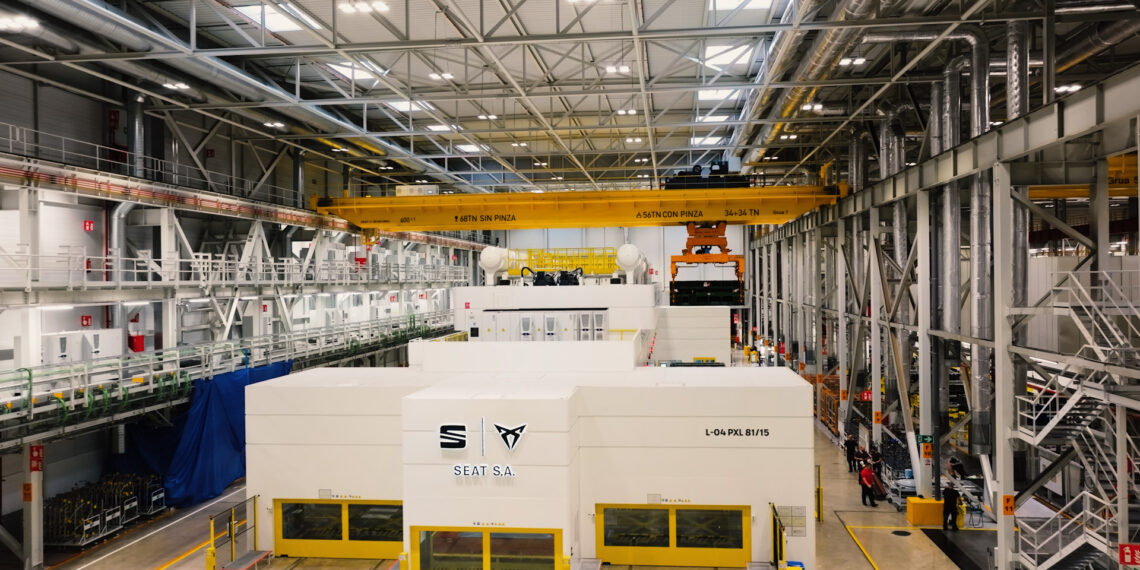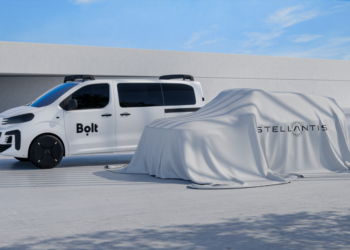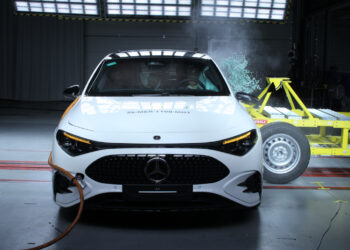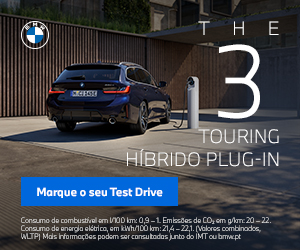The Seat factory in Martorell, on the outskirts of Barcelona, has a new star, presented as a fundamental element for the construction of the new generation of 100% electric compact cars from the VW Group: a hydraulic press capable of producing around four million parts per year. The latest jewel in the crown of the manufacturing unit inaugurated in the 1990s, following the integration of the Spanish brand into the largest European manufacturer, is one of the most modern presses in the world, and will produce components for the Cupra Raval and for the Volkswagen ID. Polo.
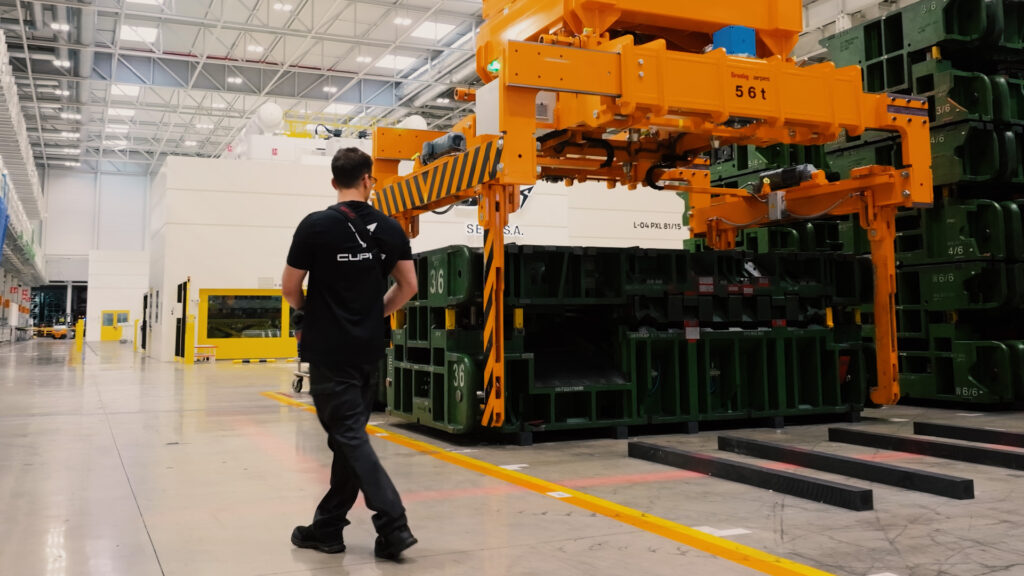
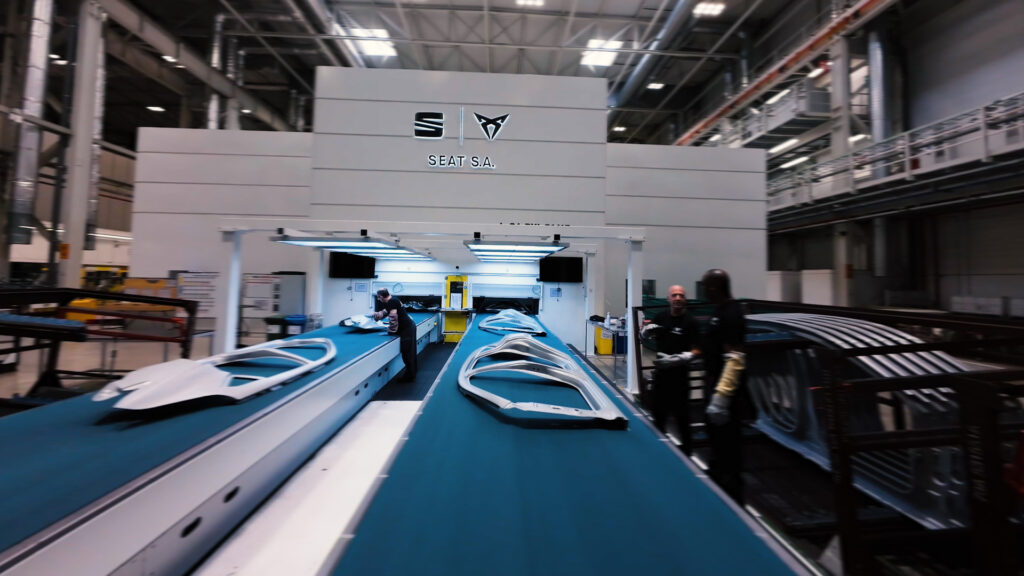
The press is already operating, and the installation of the equipment even required an adaptation of the factory, since it necessitated, for example, the construction of a pit about 9 meters deep, due to the dimensions of a structure that integrates six individual presses, and is capable of operating at a rate of 15 stampings per minute, thus allowing for the manufacture of many more parts in less time, and improving production efficiency. Connectivity also plays an important role in the production process in Martorell, with the ability to collect nearly 3000 data points per stamping. And, after analysis, it even allows for the development of predictive studies, which ensure the optimization of the production process. The new PXL press is currently producing panels for the bodies of the Seat Ibiza, Arona, and Leon, as well as the Cupra Formentor.
The introduction of the new hydraulic press required about 40 months of planning, and an additional 40 months for installation. And in addition to the 9-meter pit, there are the pillars that support the structure, which have bases mounted 20 meters deep, conditions that ensure the correct functioning of a machine capable of applying forces on the order of 81,000 kN during the stamping of the panels for the bodies.

